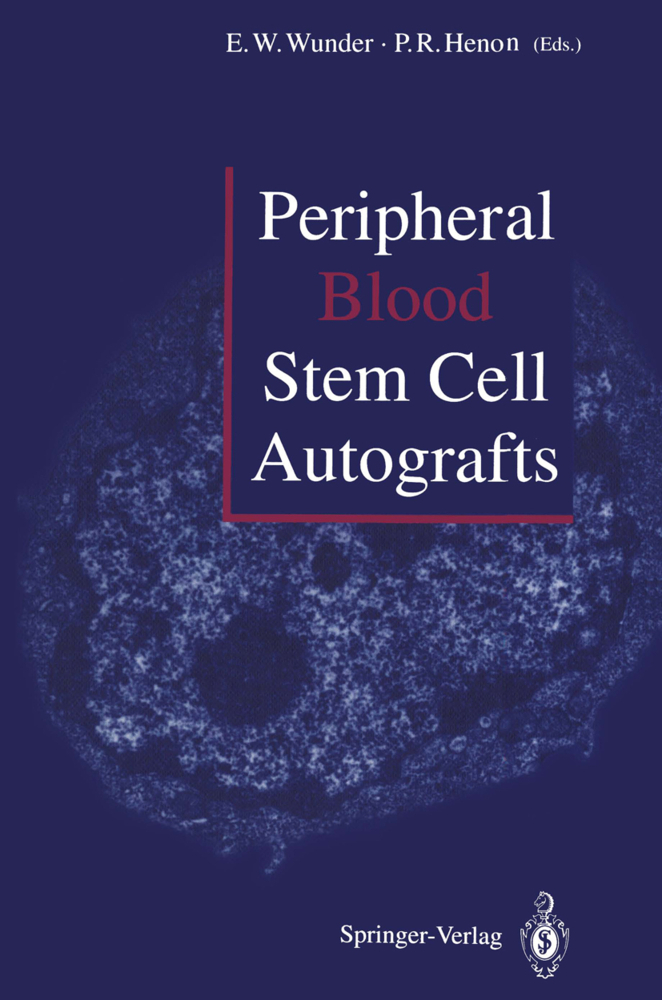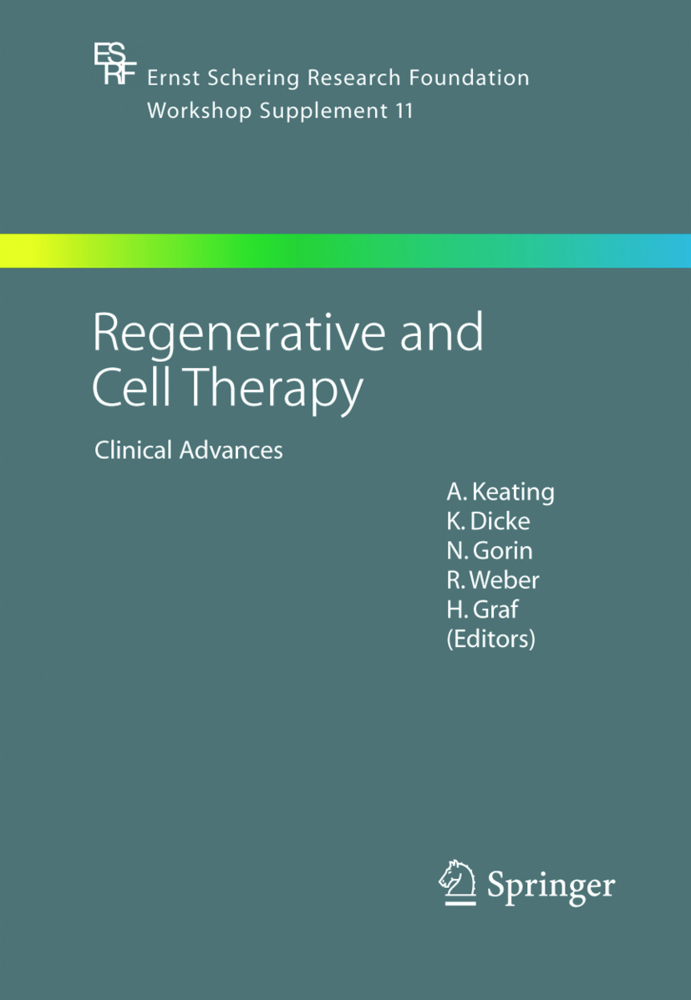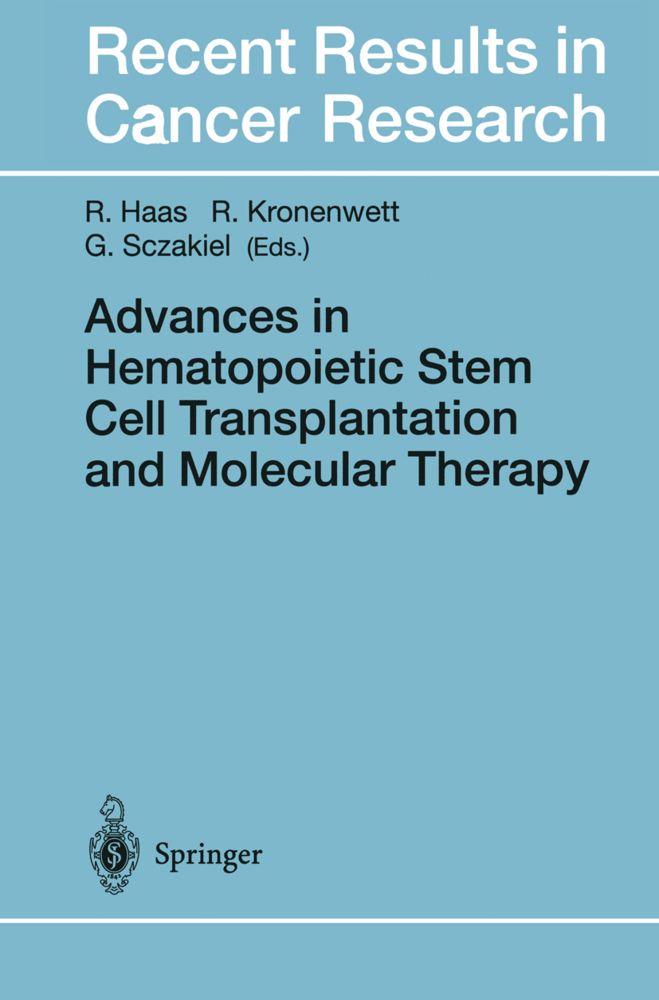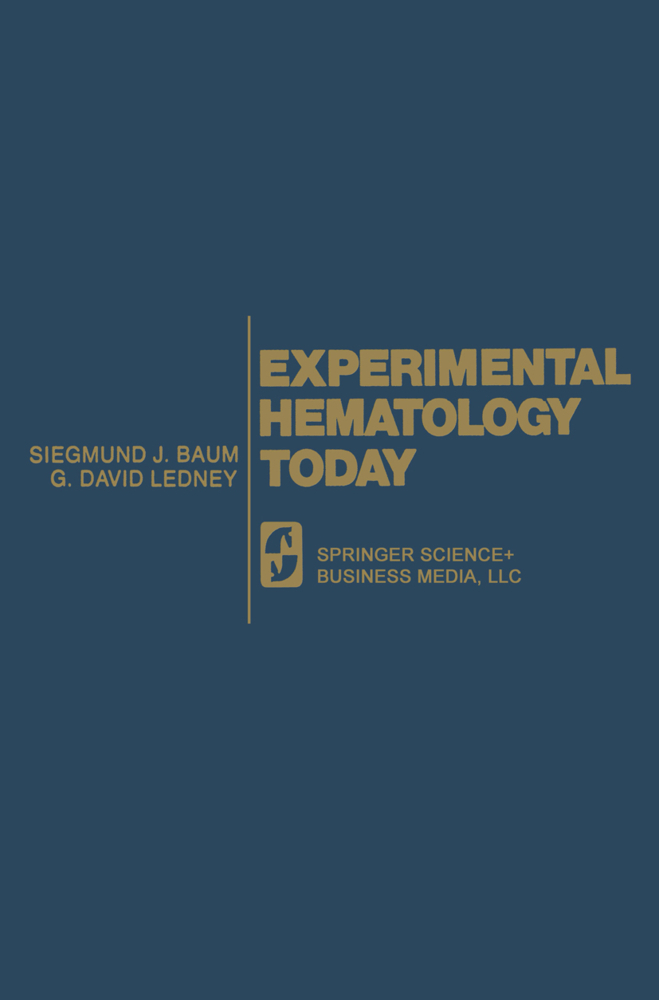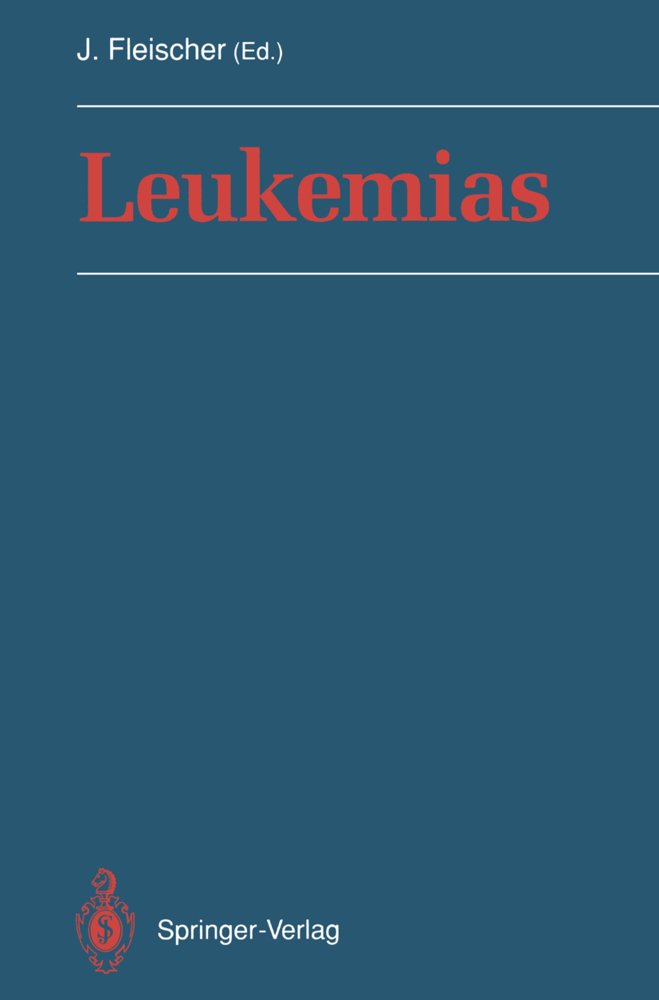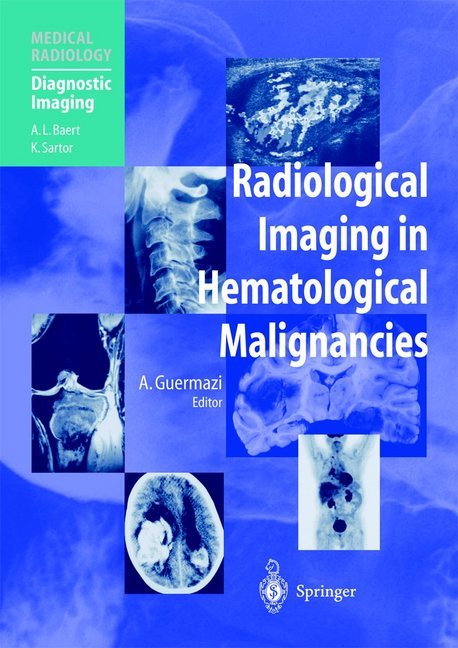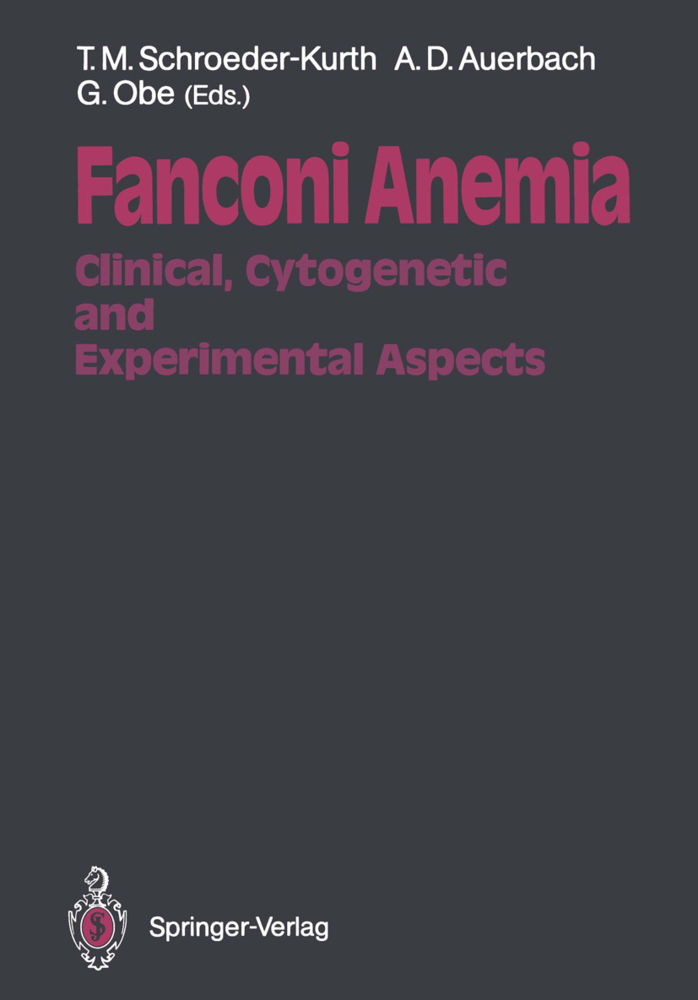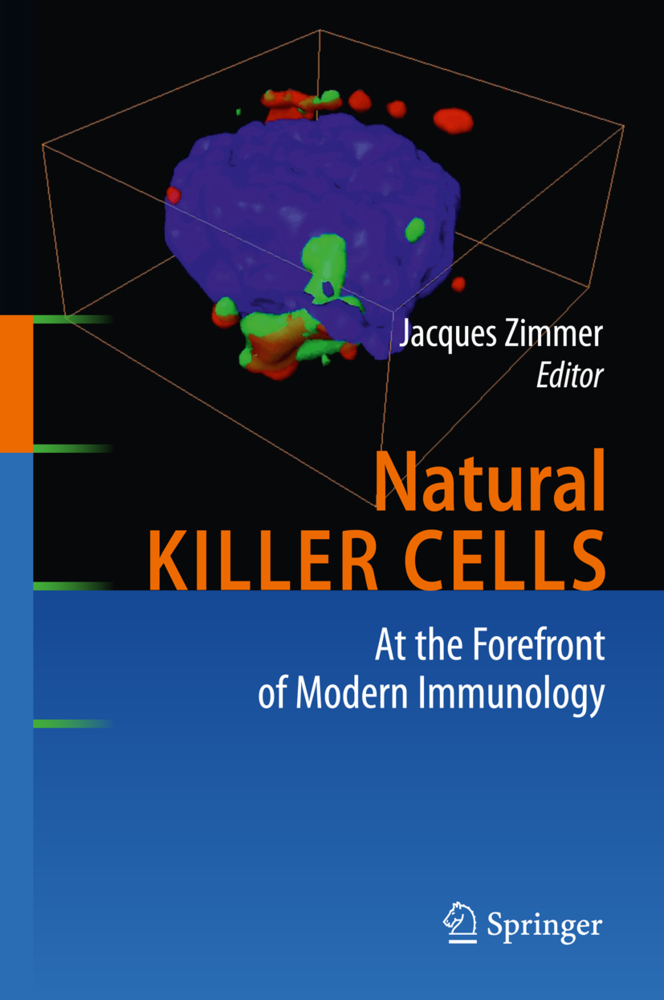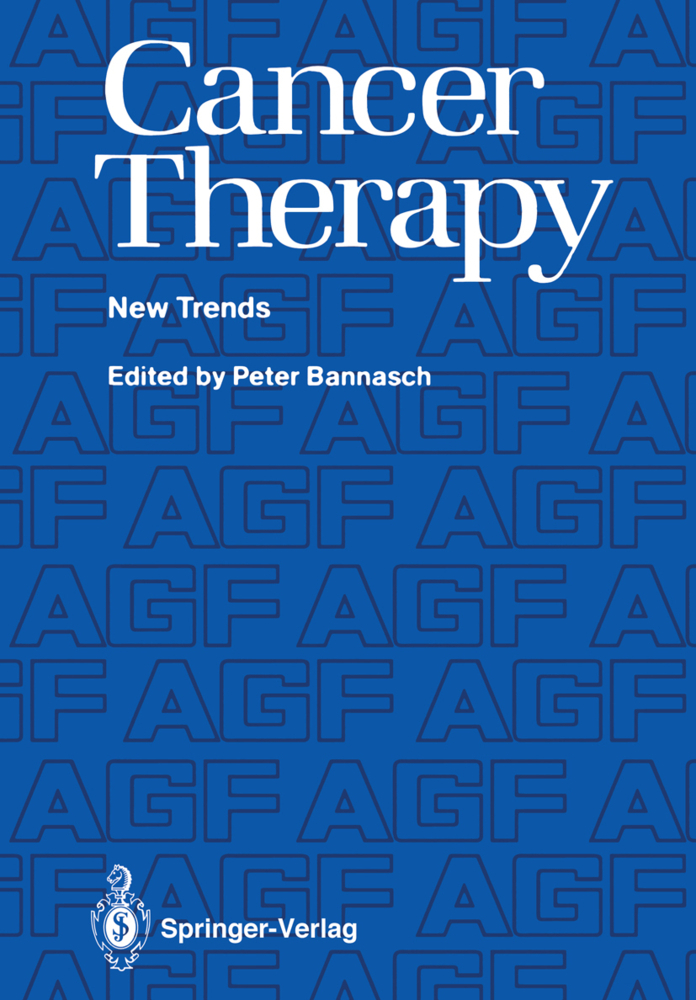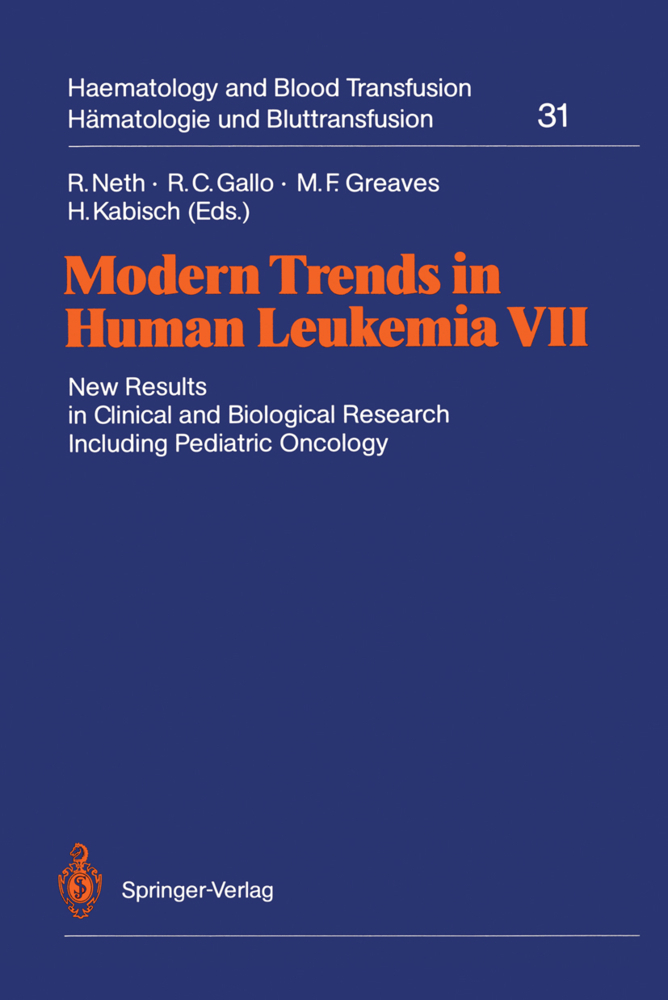Peripheral Blood Stem Cell Autografts
Peripheral Blood Stem Cell Autografts
The monograph edited by Drs. Wunder and Henon on "Peripheral Blood Stem Cell Autogtafts" is extremely useful as well as timely. It covers the "state of the arts" with respect to the use of hemopoietic stem cells collected from the peripheral blood for the reconstitution of hematopoiesis after myeloablative therapy. If is is accepted that hematopoietic function in the mammalian organism is the result of stem cell seeding of an appropriate stromal matrix, then the use of blood derived stem cells for hematopoietic reconstitution represents the "physiological form" of the (re) establishment of a hematopoietic bone marrow. All observations to date are compatible with the assumption that stem cells migrate via the blood stream from extraembryonic hematopoietic tissue to the fetal liver to establish there a first intraembryonic site of blood cell formation and especially of stem cell replication and proliferation. This fetal liver tissue appears then to be the major source for the seeding offetal bone marrow stroma as it develops sequentially in all the bones of the skeleton - in other words during most of the entire embryonic development. There is a very high concentration of stem cells in the blood of the embryo (more than 20000 CFU-GM per ml in the 22nd week) and the stem cells in cord blood seem to be the "tail end" of a dramatic "stem cell traffic" in the embryo to establish the hemopoietic as well as lymphopoietic tissue.
II. Biological Background
Transplants of Blood-Derived Hematopoietic Cells
Biology of Hematopoietic Stem Cells
Stroma and Hematopoiesis
Mobilization of Stem Cells and Progenitors After Thiamphenicol-lnduced Hematopoietic Stress
Stimulation of Granulocyte Macrophage Progenitors via Monocyte/Macrophage Activation: A Fundamental Regulatory Pathway of Terminal Differentiation
The Use of Long-Term Culture Techniques to Study Peripheral Blood Stem Cells Before and After Autologous Transplantation
Peripheral Blood Stem Cell Transplantation: Predictions from Studies in the Mouse
Production of Haematopoietic and Immune System Growth Factors After Marrow Transplantation and Their Use in Enhancing Haematopoietic and Immune Reconstitution
Ex Vivo and in Vivo Cytokine Studies in Irradiated Animals
Theoretical and Practical Considerations on the Use of Recombinant Human GM-CSF in Transplantation
III. Methods
Identification of CD34-Positive Cells by Multiparameter Flow-Cytometry
Short Term Colony Assay for CFU-GM
Stem Cell Mobilization by Myelosuppressive Chemotherapy
Clinical Usefulness and Optimal Harvesting of Peripheral Blood Stem Cells Mobilized by High Dose Cyclophosphamide and Recombinant Human GM-CSF
Mobilization of Blood Stem Cells with Recombinant Human (rh) G-CSF in Patients with Hematological Malignancies and Solid Tumors
IL-3 plus GM-SCF Induced Recruitment of High Numbers of Peripheral Blood Progenitor Cells Following Standard Dose Chemotherapy
Peripheral Blood Stem Cell Mobilization in the Outpatient Setting
Collection of Peripheral Blood Stem Cells Apheresis Monitoring and Procedure
Collection of Peripheral Blood Stem Cells for Autografts in Children with Cancer
Cryopreservation and Infusion of Peripheral Blood Stem Cells
IV. Clinical Aspects of PBSC Transplants
Clinical Aspects of Autologous Blood Stem Cell Transplantations - Review of Indications
V. Current Developments in PBSCT
Transplantation with Enriched Stem Cell Fractions
Ex-Vivo Treatment of Graft by Long-Term Culture
Induction of Autologous Graft vs Host Disease: An Immunotherapeutic Approach to Eliminate Residual Leukemia After Autologous Bone Marrow Transplantation
Stem Cell Harvesting from Umbilical Cord Blood: A New Perspective
Epilogue.
I. Introduction
Peripheral Blood Stem Cells: 1909 to the NinetiesII. Biological Background
Transplants of Blood-Derived Hematopoietic Cells
Biology of Hematopoietic Stem Cells
Stroma and Hematopoiesis
Mobilization of Stem Cells and Progenitors After Thiamphenicol-lnduced Hematopoietic Stress
Stimulation of Granulocyte Macrophage Progenitors via Monocyte/Macrophage Activation: A Fundamental Regulatory Pathway of Terminal Differentiation
The Use of Long-Term Culture Techniques to Study Peripheral Blood Stem Cells Before and After Autologous Transplantation
Peripheral Blood Stem Cell Transplantation: Predictions from Studies in the Mouse
Production of Haematopoietic and Immune System Growth Factors After Marrow Transplantation and Their Use in Enhancing Haematopoietic and Immune Reconstitution
Ex Vivo and in Vivo Cytokine Studies in Irradiated Animals
Theoretical and Practical Considerations on the Use of Recombinant Human GM-CSF in Transplantation
III. Methods
Identification of CD34-Positive Cells by Multiparameter Flow-Cytometry
Short Term Colony Assay for CFU-GM
Stem Cell Mobilization by Myelosuppressive Chemotherapy
Clinical Usefulness and Optimal Harvesting of Peripheral Blood Stem Cells Mobilized by High Dose Cyclophosphamide and Recombinant Human GM-CSF
Mobilization of Blood Stem Cells with Recombinant Human (rh) G-CSF in Patients with Hematological Malignancies and Solid Tumors
IL-3 plus GM-SCF Induced Recruitment of High Numbers of Peripheral Blood Progenitor Cells Following Standard Dose Chemotherapy
Peripheral Blood Stem Cell Mobilization in the Outpatient Setting
Collection of Peripheral Blood Stem Cells Apheresis Monitoring and Procedure
Collection of Peripheral Blood Stem Cells for Autografts in Children with Cancer
Cryopreservation and Infusion of Peripheral Blood Stem Cells
IV. Clinical Aspects of PBSC Transplants
Clinical Aspects of Autologous Blood Stem Cell Transplantations - Review of Indications
V. Current Developments in PBSCT
Transplantation with Enriched Stem Cell Fractions
Ex-Vivo Treatment of Graft by Long-Term Culture
Induction of Autologous Graft vs Host Disease: An Immunotherapeutic Approach to Eliminate Residual Leukemia After Autologous Bone Marrow Transplantation
Stem Cell Harvesting from Umbilical Cord Blood: A New Perspective
Epilogue.
Wunder, Eckart W.
Henon, Philippe R.
| ISBN | 978-3-642-75719-8 |
|---|---|
| Artikelnummer | 9783642757198 |
| Medientyp | Buch |
| Auflage | Softcover reprint of the original 1st ed. 1993 |
| Copyrightjahr | 2012 |
| Verlag | Springer, Berlin |
| Umfang | XX, 276 Seiten |
| Abbildungen | XX, 276 p. |
| Sprache | Englisch |

